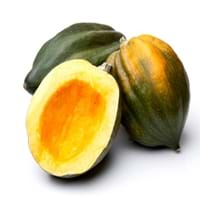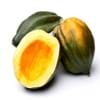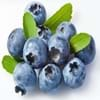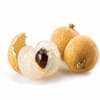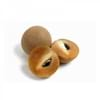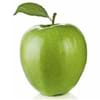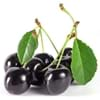Health Benefits
Anti-inflammatory properties, Arthritis treatment, Regulates Blood Sugar
Good for diabetics, Improves well-being, Miraculin/miracle fruit makes sour things taste sweet
General Benefits
Boosts immune system, Controls blood sugar levels, Digestive aid
Has taste modifying effect
Skin Benefits
Nourishes skin, Protects skin from oxidative stress
NA
Hair Benefits
Prevents hair loss, Promotes longer and healthier hair, Regulates hair growth
NA
Allergy Symptoms
Asthma, Red rash, Swelling of mouth, tongue or lips
Itching, Skin rash
Side Effects
Diarrhoea, Vomiting
Changes taste of food eaten after this fruit, Coagulation
Best Time to Eat
Along with meal, As a snack in the late afternoon, Don't eat after meal, Eat the fresh ones, avoid mixing with any other foods, don't eat after meal.
As a snack in the late afternoon, Eat the fresh ones, avoid mixing with any other foods, don't eat after meal., Morning time (before lunch)
Protein to Carb Ratio
Not Available
Vitamin A (Retinol)
Not Available
Vitamin B1 (Thiamin)
Not Available
Vitamin B2 (Riboflavin)
Not Available
Vitamin B3 (Niacin)
Not Available
Vitamin B5 (Pantothenic Acid)
Not Available
Vitamin B6 (Pyridoxin)
Not Available
Vitamin B9 (Folic acid)
Not Available
Vitamin C (Ascorbic Acid)
Vitamin E (Tocopherole)
Not Available
Water Content
Not Available
Calories in Fresh Fruit with Peel
Not Available
Calories in Fresh Fruit without Peel
Not Available
Not Available
Calories in Frozen Form
Not Available
Calories in Dried Form
Not Available
Calories in Canned Form
Not Available
Calories in Juice
Not Available
Calories in Jam
Not Available
Calories in Pie
Not Available
Varieties
Bush Table Queen, Heirloom Table Queen, Festival Hybrid, Early Acorn Hybrid, Table Ace, Ebony and Cream of the Crop
Gymnema Sylvestre and Thaumatococcus Daniellii
Color
Dark green, Green-yellow, Orange green
Dark red
Inside Color
Yellow
Greyish-white
Origin
Central America, North America, Unknown
West Africa
Soil Type
Well-drained
Well-drained
Climatic Conditions
Cold, Sunny
Rainfall
Facts about
- It was named as Acorn Squash for its resemblance to a large ribbed acorn.
- It is said that squash was being grown in Mexico as long as 10,000 years ago.
- It was the first food cultivated by native American Indians.
- The name 'Miracle' because of the magical experience you get after eating it.
- When you have lemon after eating this fruit, it tastes sweet as if it is added with sugar.
- It is also used as natural sweetener.
Other Countries
Egypt, India, Iran, Italy, Mexico, Russia, Turkey, Ukraine, United States of America
NA
Top Importer
Costa Rica
Not Available
Top Exporter
United States of America
United States of America
Botanical Name
Cucurbita Pepo
Synsepalum Dulcificum
Synonym
Winter Squash
Miracle Berry, Miraculous Berry and Sweet Berry
Subkingdom
Tracheobionta
Tracheobionta
Division
Magnoliophyta
NA
Subclass
Dillenhidae
Asteridae
Order
Cucurbitales
Ericales
Family
Cucurbitaceae
Sapotaceae
Genus
Cucurbita
Synsepalum
Species
Pepo
S. dulcificum
Generic Group
Not Available
Not Available
Difference Between Acorn squash and Miracle fruit
We might think that Acorn squash and Miracle fruit are similar with respect to nutritional value and health benefits. But the nutrient content of both fruits is different. Acorn squash and Miracle fruit Facts such as their taste, shape, color, and size are also distinct. The difference between Acorn squash and Miracle fruit is explained here.
The amount of calories in 100 gm of fresh Acorn squash and Miracle fruit with peel is 40.00 kcal and Not Available and the amount of calories without peel is Not Available and Not Available respectively. Thus, Acorn squash and Miracle fruit belong to Low Calorie Fruits and Low Calorie Fruits category.These fruits might or might not differ with respect to their scientific classification. The order of Acorn squash and Miracle fruit is Cucurbitales and Ericales respectively. Acorn squash belongs to Cucurbitaceae family and Miracle fruit belongs to Sapotaceae family. Acorn squash belongs to Cucurbita genus of Pepo species and Miracle fruit belongs to Synsepalum genus of S. dulcificum species. Beings plants, both fruits belong to Plantae Kingdom.
